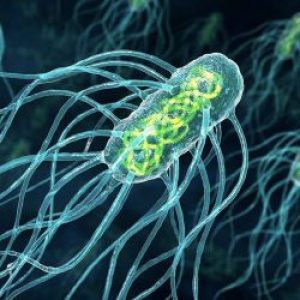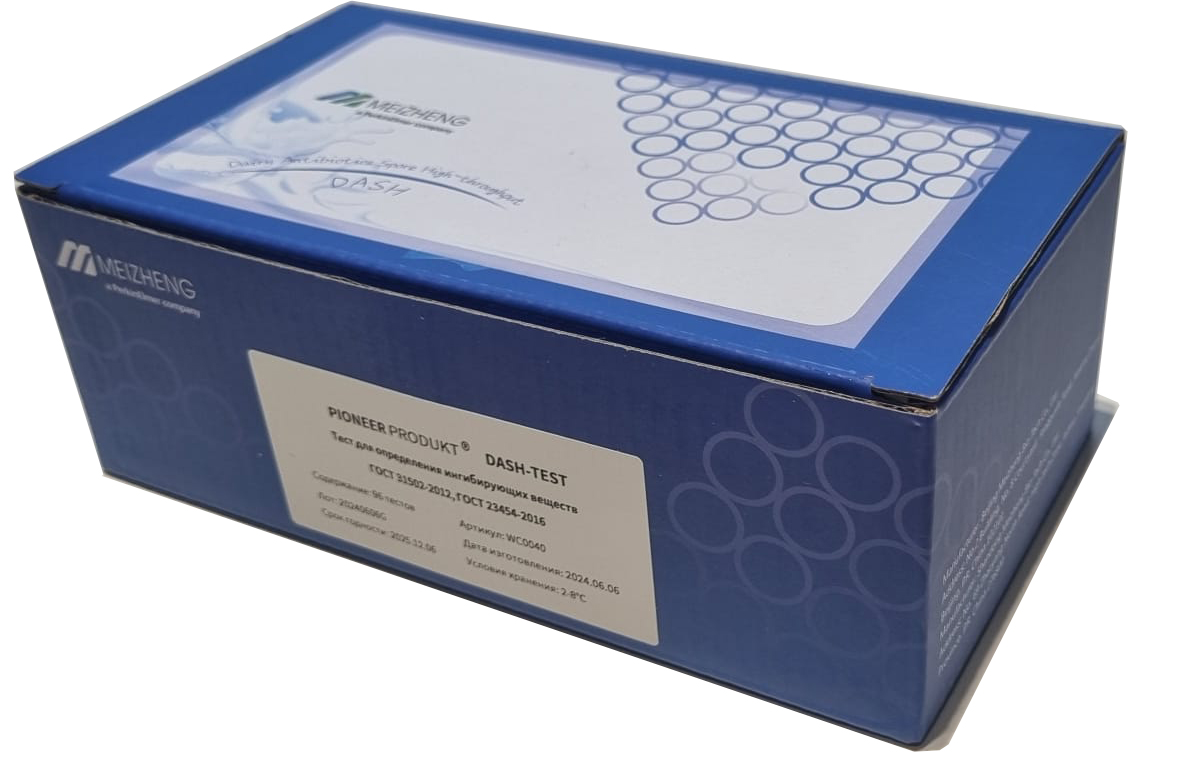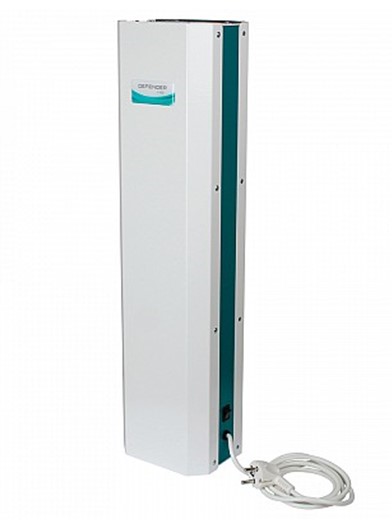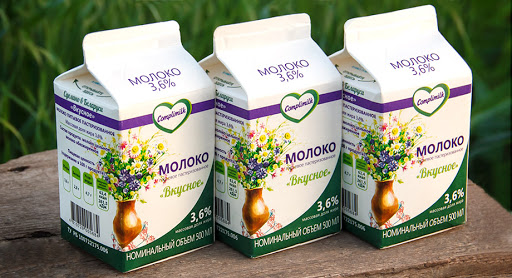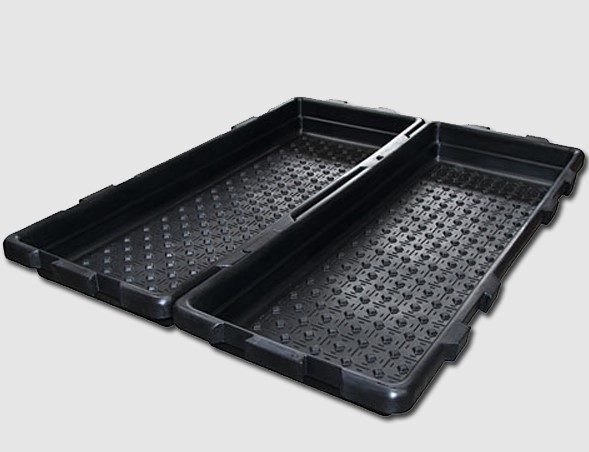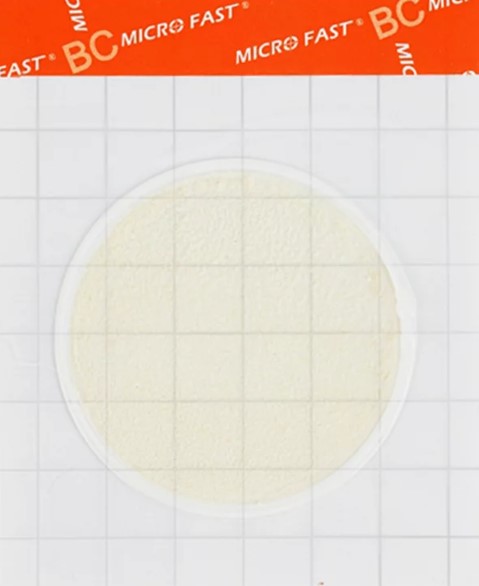Cleaning drinking lines in poultry farms and process features
A useful synopsis of a presentation by a German poultry HEALTH expert was published by Magdalena Esterer. it contains a number of recommendations and nuances to be aware of in order to maintain drinking hygiene in poultry farms: “At an event organized by Animal Welfare Network in May, Dr. Julia Handel from the Poultry Health Service of the veterinary organization Tierseuchenkasse Baden-Württemberg spoke about possible problems with drinking water hygiene in poultry farms and solutions.
Drinking water must be tasty and well tolerated by the animals - otherwise the birds drink too little and therefore refuse to eat. It should be remembered that there is always a risk of biotic contamination of drinking water with fungi, parasites, bacteria and viruses.
Biofilm is a particular problem as it is where antibiotic resistance develops rapidly, residues of active ingredients can still be detected weeks after treatment, and microbial nests for disinfectants are difficult to access.
In order to quickly identify and respond to drinking water problems, it is necessary to design the water supply system correctly from the very beginning and document how much drinking water and feed the animals consume.
The water should be constantly checked for abnormalities by olfactory, optical (direct or endoscopic) and tactile means and regularly confirmed by microbiological and physico-chemical laboratory analyses. Studies in the poultry industry have shown that faecal contamination of drinkers plays a minor role. The main source of microbes are the animals themselves, as they cause retroactive infection through drinking bowls.
Many poultry diseases can be waterborne. These include Pseudomonas, Clostridium, Salmonella , Staphylococcus, E. coli, Rotavirus, and internal parasites. For biosecurity purposes, open water and puddles should be avoided, and drinkers should be kept clean. For example, salmonella can live in the biofilm of water pipes for weeks and becomes a constant source of infection.
Well water samples often show faecal contamination from silage, manure, manure and domestic sewage. It is also not uncommon for limit values to be violated for nitrates, iron or manganese. Ideally, the quality of well water should be checked before the first draw every year. Reverse osmosis, water softeners and iron filters have proven to be useful purification systems - the taste of water changes even at iron levels of 10 mg/l and above.
In order to eliminate all pathogens in drinking water and their breeding grounds in the drinking system, properly design and maintain the piping system.
In order to be able to flush the lines well and to prevent many problems from the very beginning, the pipes should never be longer than absolutely necessary, otherwise the water will heat up more and pollution will increase.
An effective solution to the problem of algae caused by heat and sun is sun protection. Algae cause blockages and contribute to pollution. Significantly less algae grows in filters and water tanks if they are protected from light. Sun tarps or black algae/UV protection tanks help against algae.
When designing piping systems, consider circular circulation lines, dedicated drug lines, and flush options to simplify future maintenance. At the same time, lines that are rarely used (for example, for spray cooling) should be temporarily switched off. Some components that are difficult to clean are best replaced immediately. These components include filters and the pressure reducer membrane, where disinfectants do not enter at all.
During the service period after chemical soaking, first acid and then alkaline cleaning is recommended to remove dirt particles from surfaces.
In acid cleaning, the lines are first flushed and emptied, then blown with compressed air at a pressure of about 3 bar, then an acidic (approved) cleaning agent is poured in order to decalcify and remove mineral components that remain in the lines for at least 24 hours. Acid leakage measurement should be taken at the end of the line using indicator paper to check the effect at the end of the line. After descaling is completed, the pipelines must be flushed and blown again with compressed air.
Alkaline cleaning is designed to remove proteins. Protein sometimes greatly reduces the effectiveness of disinfectants. Non-foaming (approved) detergent is poured into the cleaned lines and left for at least 24 hours. The lines are then flushed, emptied and purged with compressed air.
Disinfectants should have a wide spectrum of action, be minimally carcinogenic to humans and not pose a danger to animals, have a low cold error and good material compatibility, quickly decompose in the environment, not have a strong odor, and have a safe and fast action.
Detergents and disinfectants must be used correctly, especially with regard to exposure time, otherwise they will not work, and expired disinfectants must be disposed of.
Aldehydes such as formaldehyde and organic acids such as formic acid, acetic acid, and citric acid have a strong cold slope, which means higher concentrations are needed at low temperatures. In each case, you need to decide what is more economically feasible - heating the room or using a disinfectant with a small temperature error, such as peracetic acid. Parasitic disinfectants should be used at 20 degrees.
Sometimes the drinking system has to be disinfected regardless of the service period. Here you need to be especially careful not to harm the animals. The agent is used either at shorter intervals or continuously, but always strictly according to the manufacturer's instructions and diluted so that it can be added to the drinking water of animals without any negative consequences.

